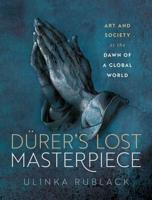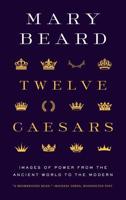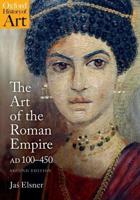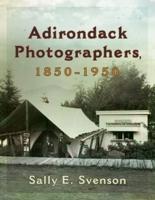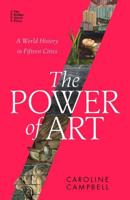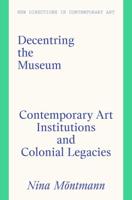Publisher's Synopsis
A celebration of the creative genius of John Ruskin (1819-1900) as represented in his distinctive draughtsmanship. Ruskin's drawings and watercolours will also be read as indicators of periods of euphoria and intellectual engagement, as well as moods of bleak despair and his eventual descent into insanity. The drawings of John Ruskin are exhilarating to look at, they express his own sense of exhilaration as he observed landscape and nature, buildings and artifacts, and deserve to be appreciated afresh by audiences anew. Accompanying a landmark exhibition at the National Galleries of Canada and Scotland in 2104, this exploration of Ruskin's watercolours and drawings -representing his entire career and all subject types and degrees of finish and elaboration - will demonstrate how his use of drawing evolved in terms of his most characteristic stylistic traits and how he used the medium in a most distinctive technical manner. It will be shown how he regarded drawing as a means of focusing his eye and as a discipline of observation, and how he attached small significance to the drawing itself when completed. The drawings will be celebrated for their immediacy and verve, for their absence of self-consciousness or artistic indulgence. Drawing was used by Ruskin to express the ecstasy he felt in the presence of transcendent beauty in nature and landscape, as well as in the works of man, and was an essential means of emotional release. On other occasions, and especially during phases of mental fragility, he drew to establish certainties about the physical world upon which he might rely. We know that Ruskin's drawings must be seen as clues to his emotional state, and may be interpreted in physiological terms, and we intend to reveal them here as profoundly informative about the devestating swings of mood that Ruskin endured and which fired his massive intellectual creativity as well as his eventual descent into insanity. In examining alongside the central core of Ruskin's own drawings those made by artists who were his mentors, friends and followers, this book also aims to give an account of the wider phenomenon which might be called'Ruskinism'. It will demonstrate how Ruskin's own style formed as a result of contact with an older generation of drawing masters, such as Samuel Prout and J.D. Harding. Ruskin's paramount admiration for J.M.W. Turner, and the story of his advocacy of Turner as the greatest genius of British art, will be explained by the consideration of a carefully selected group of Turner drawings and watercolours. Ruskin's involvement with the contemporary conduct of art in the 1850s, and particularly his support for Pre-Raphaelitism as applied to landscape, will be also be explored. A fascinating and visually rich element of the book will be the photographs, including those takes by Ruskin himself or under his immediate supervision and others that reveal his influence. By showing photos and drawings together it will be possible to identify and define certain pictorial traits.

